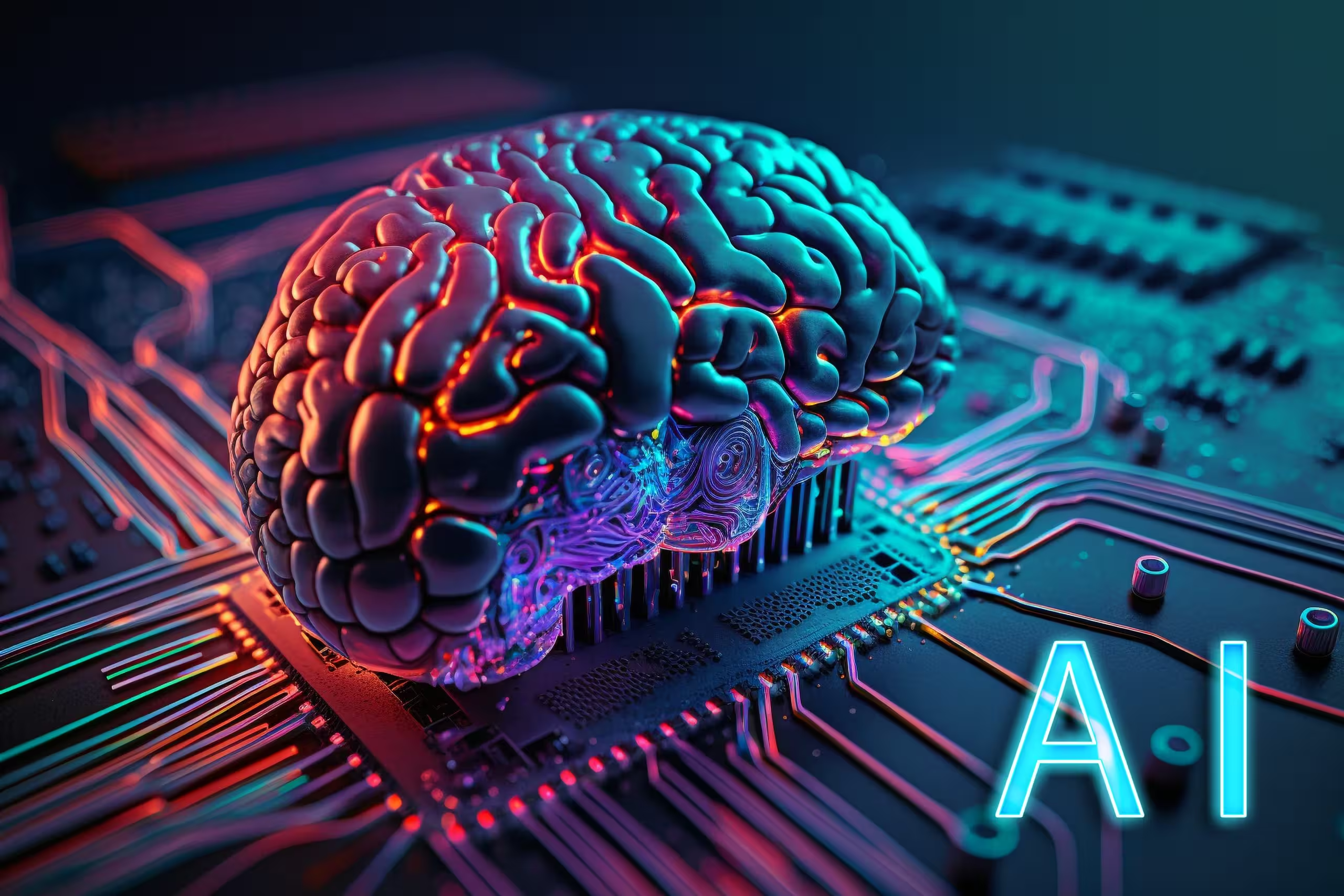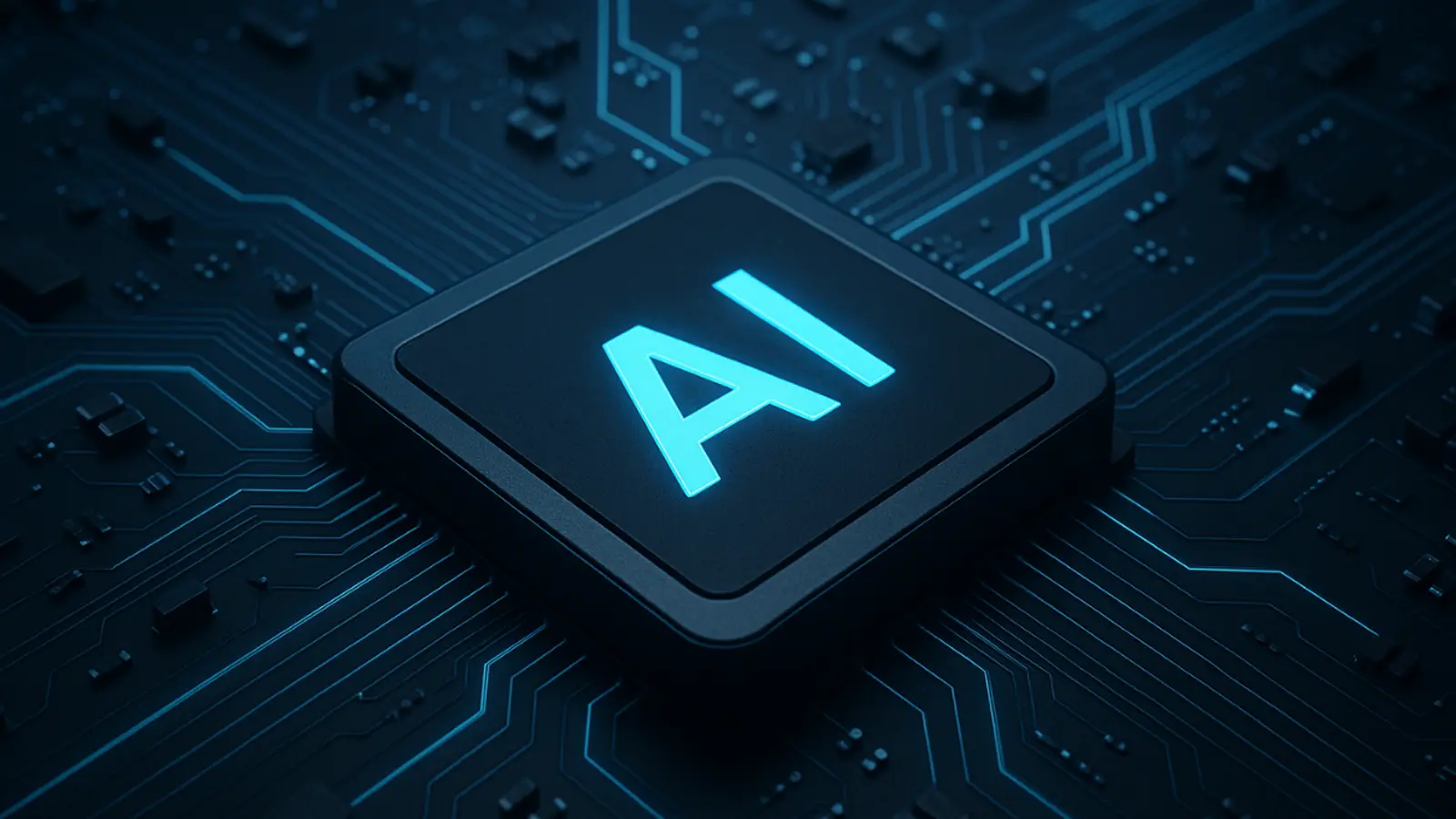5 Minutes
Goldman Sachs says the AI frenzy isn’t a speculative bubble — it’s the opening act. In a new report, the investment bank argues current AI spending is small relative to the technology’s long-term potential and expects investment to climb sharply in the years ahead.
Why Goldman thinks the AI story is far from over
Analysts at Goldman estimate that U.S. investments tied to AI today represent under 1% of GDP, a figure far below the peaks seen in previous transformative waves — railroads, electrification, and the internet tended to hit 2%–5% of GDP at their height. That gap, Goldman says, signals plenty of runway for further capital deployment.
The report highlights two core drivers behind the bank’s optimistic outlook. First, AI deployments are already delivering measurable productivity gains across established sectors, from customer service automation to process optimization in finance and manufacturing. Second, those gains are built on large-scale compute infrastructure — chips, servers and data centers — which justify current spending and suggest further investment will follow as firms scale their deployments.

How big could AI get?
Goldman Sachs places a bold projection on the table: generative AI could add up to $20 trillion to the U.S. economy, with roughly $8 trillion flowing to businesses as capital income. The bank also estimates that labor productivity could rise by about 15% over the next decade if AI tools become widely adopted. Imagine routine knowledge work becoming 10–20% more efficient — those gains compound fast across corporations and industries.
Not all investors will win — history offers a warning
The report doesn’t ignore risk. Goldman points out a recurring pattern from past infrastructure cycles: early movers often shoulder heavy build-out costs only to have later entrants capture the rewards. Expensive, bespoke systems can be quickly outmoded or consolidated away. With AI, rapid depreciation of hardware and the accelerating pace of model improvement make it plausible that heavy early spenders won’t always be the long-term winners.
That means companies investing aggressively in chips and servers today might still be disrupted by more nimble rivals or by cloud providers that standardize and commoditize the infrastructure. In short: heavy investment is necessary, but it’s no guarantee of market leadership.
Spending should normalize as hardware costs fall
Even with those caveats, Goldman expects the environment to remain favorable for AI investment. The bank forecasts AI-related spending could reach $300 billion by 2025 as enterprises increase adoption and productivity gains accumulate. Over time, the industry should move beyond the intensive infrastructure build-out phase and hardware price declines will help stabilize spending patterns.
What to watch next: models, chips and competition
- Model evolution: Faster, better models change the calculus for who captures value — and how quickly.
- Hardware cycle: Falling prices for GPUs and specialized accelerators will shift economics for adopters.
- Market consolidation: Cloud providers and large platforms may aggregate early investments, similar to past tech waves.
Recent product launches underscore how quickly the landscape is moving. Google released its Gemini 2.5 Computer Use model, adding more natural web-browsing and real-time interaction capabilities. Alibaba also revealed a massive 1-trillion-parameter model designed to compete with ChatGPT and Google Gemini on scale and performance. These developments illustrate both innovation momentum and the escalating arms race in compute and model scale.
What this means for businesses and investors
For companies, the takeaway is practical: invest where AI clearly lifts productivity, but design projects to be modular and portable so you don’t get stuck with obsolete infrastructure. For investors, the message is nuanced — AI is a multiyear transformation, not a short-term mania. That suggests selective, long-term exposure to firms driving durable adoption and to infrastructure providers that benefit from widespread scaling.
Goldman’s bottom line: the AI market is heating up, but it’s not a frothy bubble — yet. The real story will be decided by who manages the infrastructure bets well, who integrates AI into everyday workflows, and how quickly hardware and model economics evolve.
Source: gizmochina
Comments
labcore
Seen this pattern in my shop, big capex then cloud swoops in and consolidates. Invest smart, make projects portable or you're stuck with sunk costs. quick take
ledgex
If AI really adds $20T why are so many firms burning cash now? Seems plausible but history warns early builders get eaten, so... who wins the infra bet? idk, curious.


Leave a Comment